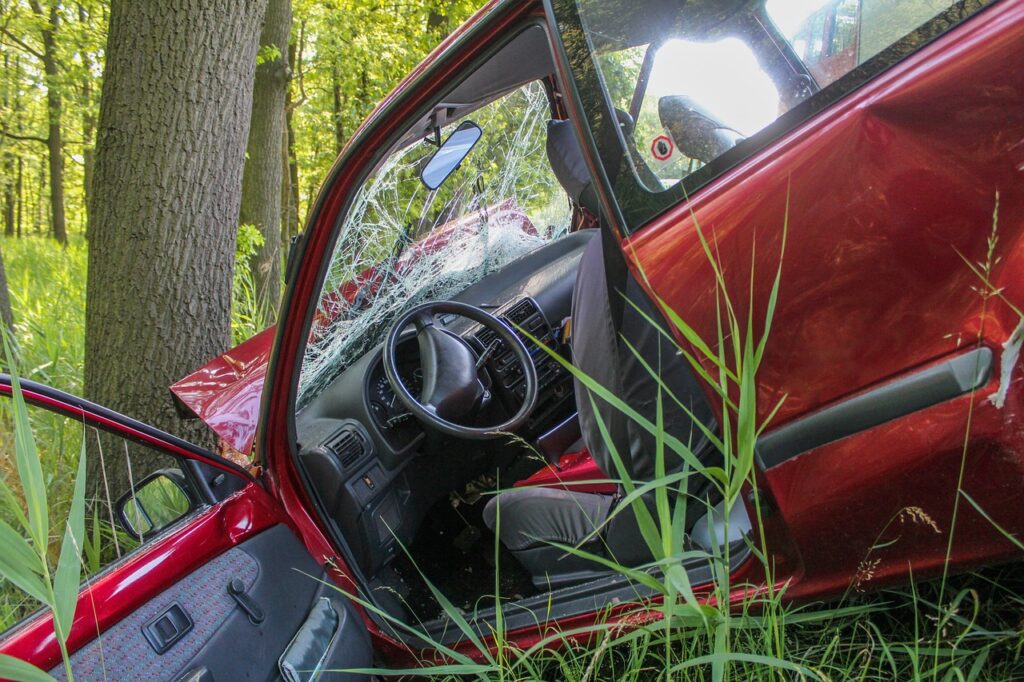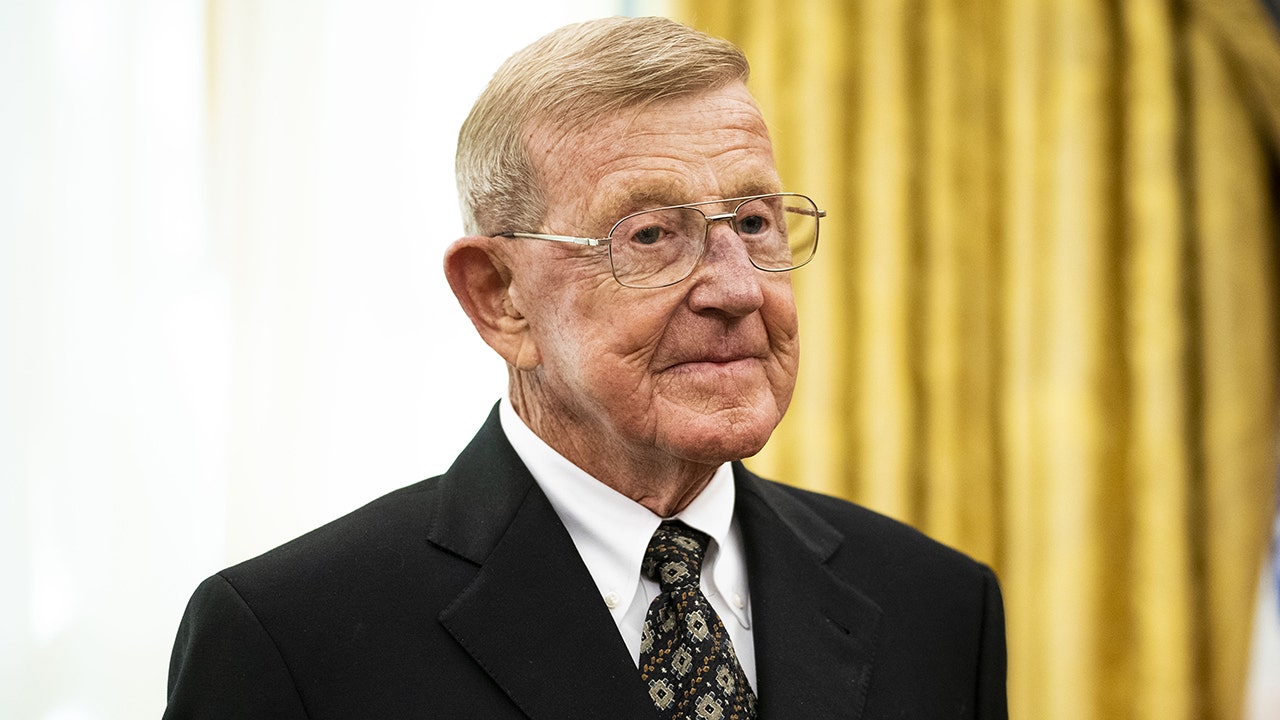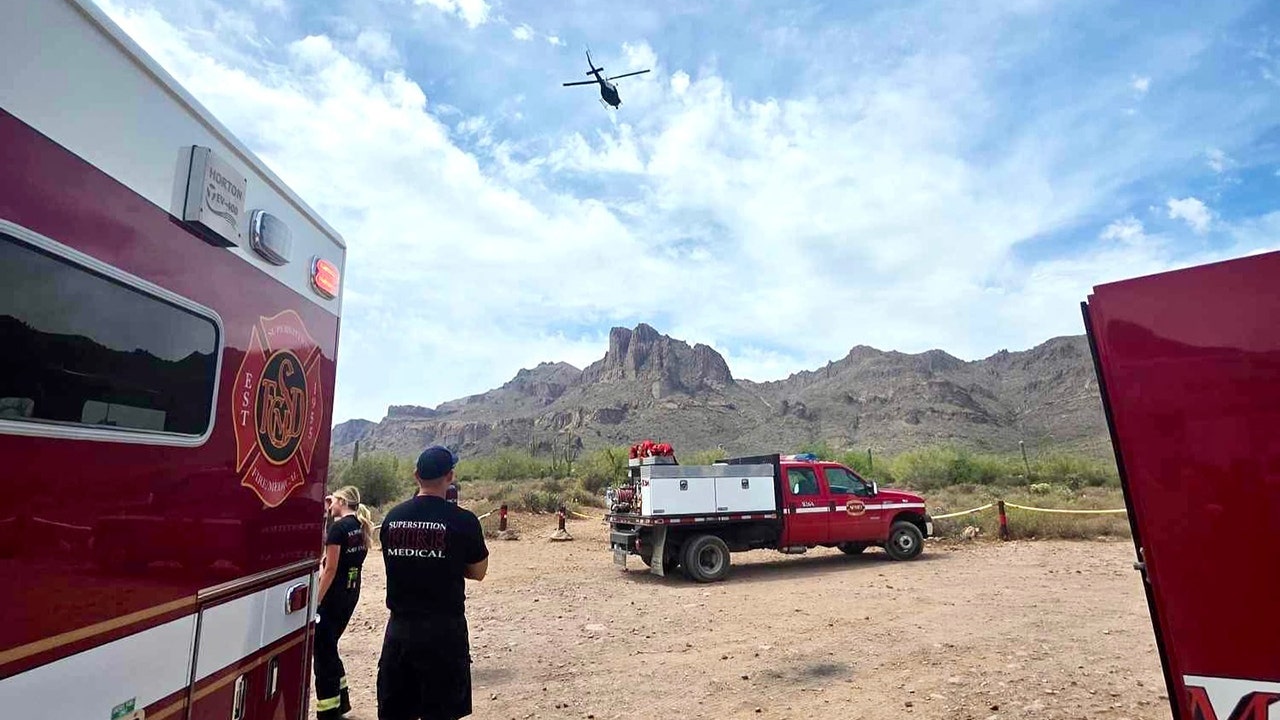Communicating in a chaotic situation can be difficult, even though it’s critically important to be able to share vital information. The thing is, when people are under stress they often struggle with communicating clearly. This leads to misunderstandings and confusion. That, in turn, can delay help and assistance for those who need it, such as people who were injured in an accident.
How It Falls Apart
My wife and I attended a two-day training class on disaster preparedness sponsored by FEMA. There were a few different exercises. One of them involved a simulated rescue of someone trapped under debris. Here’s how quickly communicating with others can go awry, even if you’re all working toward the same goal.
The instructors piled a few folded-up tables together and set two chairs on top. They balanced the tables on some 2x4s. A ball cap under one corner of the stack simulated the survivor we were rescuing. Two of the instructors then sat in the chairs to add weight to the ensemble. We had a few 2x4s to use as tools. Our objective was to use levers of our own devising to lift the stack of tables at least one foot off the ground near the hat, without collapsing everything back down on it.
The instructors named someone to be group leader. She was doing great as people began assembling levers using the 2x4s and other resources found in the room. But, as the exercise went on, more and more people began talking and making suggestions, even outright ordering people around. People shouted, and nobody listened.
New Leadership
The instructors pointed out this communication roadblock and appointed a new team leader. This had nothing to do with the previous arguments among the team. It was just that the instructors wanted to let someone else give it a whirl. She was doing okay at first, and the team was listening to her instructions.
But people were confused because as the leader walked around the pile of “debris,” she’d refer to whichever side was away from her as the back. She would say, “People in the back, start to lift,” but nobody knew for sure which was front and which was back because she was constantly moving around.

How It Should Work
In a crisis or survival situation, it’s important that people listen to and follow instructions. But it’s also critical that those instructions be clear and concise. Use names whenever possible if you’re speaking to specific individuals. “Joe, I need you to start lifting in 3…2…1!” If you don’t know their name, call out to them in some other specific way. “You, in the blue shirt, yeah you. I need you to run into that store and ask if they have a defibrillator!”
A crisis is mentally overwhelming for many people. It can be difficult to make even simple decisions. Something that would be a no-brainer under other circumstances is suddenly like trying to solve a quadratic equation while juggling flaming bowling pins.
It helps to provide them with simple instructions that they can follow without a lot of independent thought. If you can get them moving, that will also help them to re-engage mentally.
Read the full article here








